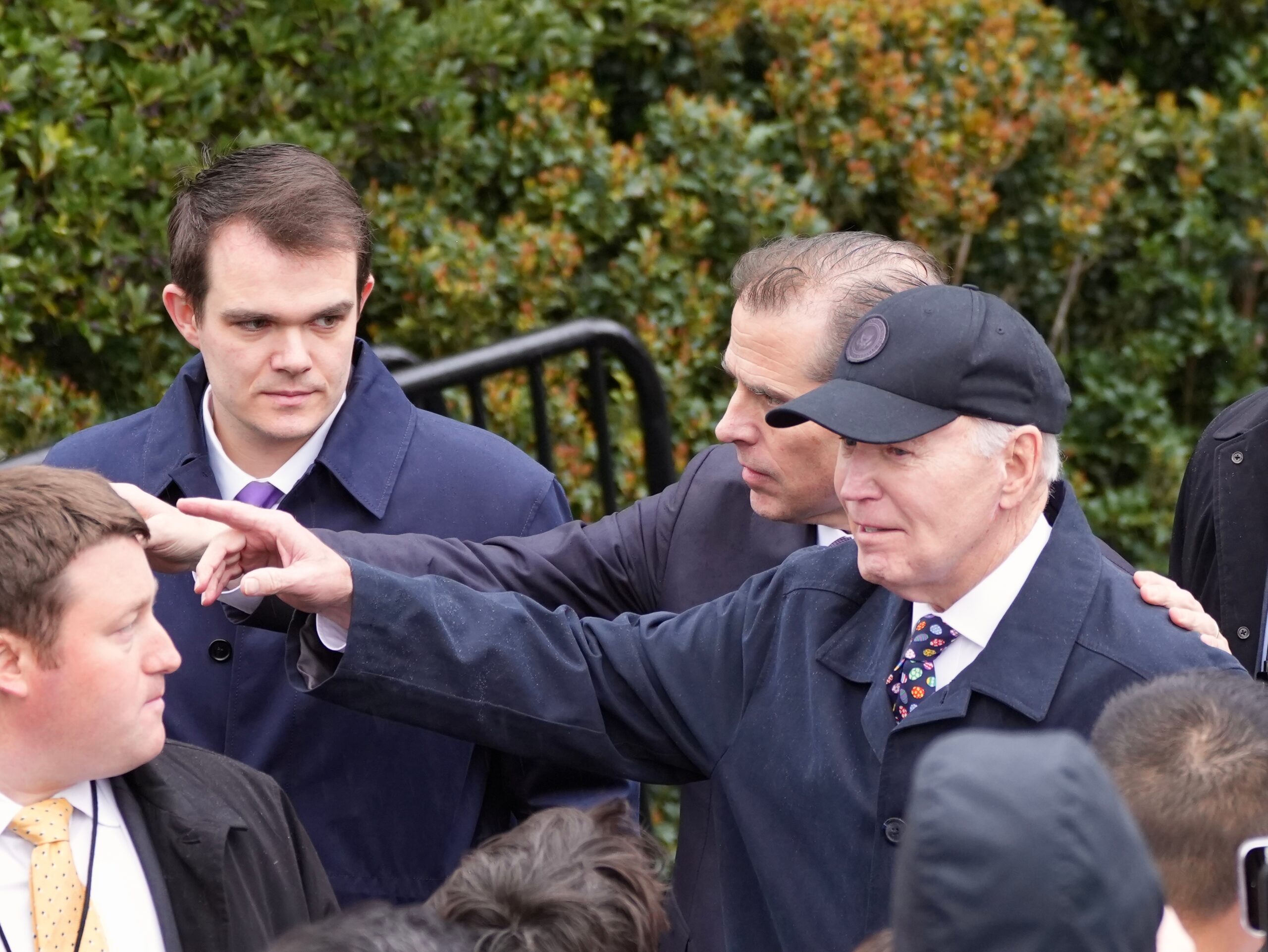An upcoming geomagnetic storm promises a rare chance for residents in the southern U.S. to witness the mesmerizing Northern Lights.
At a Glance
- Severe geomagnetic storm may make Northern Lights visible in Texas and beyond.
- The storm, rated G4, is expected to peak late Sunday into early Monday.
- Best viewed between 10:00 p.m. and 2:00 a.m. local time, away from city lights.
- NOAA provides resources to track aurora visibility and forecasts.
Spectacular Sky Show
The anticipated geomagnetic storm is noteworth, providing an opportunity for many across the United States to witness a celestial event usually reserved for those in northern locations. This particular storm, rated G4 or “severe,” is driven by a coronal mass ejection and a high-speed solar wind. The storm could extend further than typical announcements, allowing people in parts as far south as Texas, California, and Alabama the chance to view the lights.
The National Oceanic and Atmospheric Administration’s Space Weather Prediction Center projects optimal viewing conditions will occur late Sunday night. Cloud cover may impede viewing in certain areas, and urban light pollution certainly won’t assist. However, by journeying a little beyond the city limits and gazing northward, enthusiastic sky-watchers could capture an array of dazzling colors.
A Rare Display for Southern States
This geomagnetic storm ranks among the strongest since an event in May 2024, which made the Northern Lights visible as far south as South Texas. The auroras are caused by electrically charged particles from space interacting with Earth’s atmosphere. They are predominantly seen in high latitude regions like Iceland and Alaska, making the upcoming display particularly extraordinary for southern residents.
“The storm is classified as G4, one level below the most extreme.” – National Oceanic and Atmospheric Administration’s Space Weather Prediction Center.
With predictions of clear skies in the Pacific Northwest, Northern California, the Midwest, and parts of the Mid-Atlantic, these regions present prime viewing opportunities. However, areas experiencing cloud cover, such as New York City, might face challenges. Notably, this natural phenomenon doesn’t only offer beauty; it may also temporarily disrupt technology and electronic communications.
Preparing to Witness the Light
While the storm provides a visual event for many viewers, there are some practical considerations for stargazers. Smartphones can capture the aurora with a long exposure, and the NOAA aurora dashboard offers a 30-minute forecast. Viewers should rely on these tools to enhance their viewing experience.
“A powerful geomagnetic storm in the forecast for Sunday night could make the colorful northern lights visible across parts of the U.S., according to the National Oceanic and Atmospheric Administration’s Space Weather Prediction Center.” – National Oceanic and Atmospheric Administration’s Space Weather Prediction Center.
This storm is part of the heightened solar activity associated with the solar cycle, which can occasionally lead to more dynamic auroral displays. While disruptions are expected to be minor, those in the telecommunications industry remain observant of the storm’s effects.







